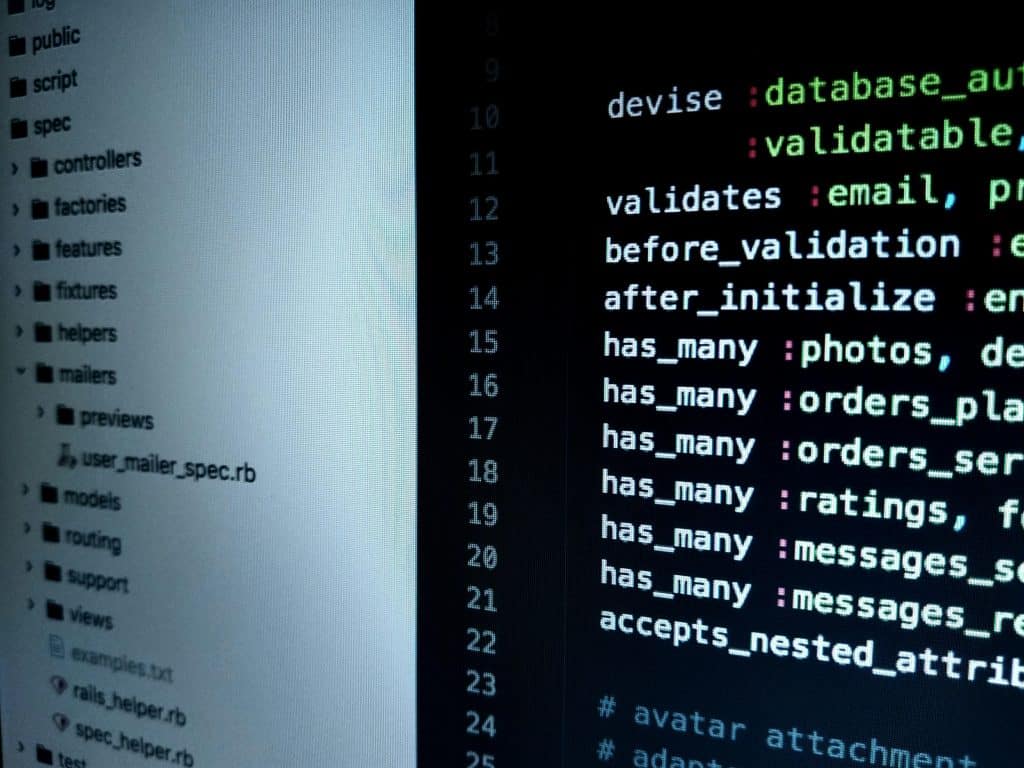In today’s fast-moving world of productivity systems, creative workflows, and digital tools, how frameworks provide direction—not limits is a question more people are starting to ask. As we get overwhelmed with endless options, frameworks have re-emerged as tools not for restriction, but for focus. Whether you’re a designer choosing a style guide, a startup using OKRs, or a writer developing a content cadence, the right framework gives clarity—without caging your thinking.
This article explores the shift in how frameworks are perceived, the danger of mistaking structure for limitation, and how emerging trends are making frameworks more adaptable, creative, and empowering than ever.

The Rise of Agentic AI Frameworks
2025 is being called the agentic AI era—systems that not just respond, but act autonomously across multiple tasks. As these systems become more complex, they demand frameworks to ensure safety, interoperability, and scalability.
One example: the AI Agent Capabilities Periodic Table (AIA CPT) developed by the Digital Twin Consortium, which categorizes agent skills across perception, learning, reasoning, execution, collaboration, and safety into maturity levels from static to generative multi-agent systems. This framework enables developers to design and assess agents without losing flexibility in architecture.
Even more influential is the Model Context Protocol (MCP)—a recently standardized, open-source protocol first introduced by Anthropic in late 2024 and adopted by OpenAI, Google DeepMind, Replit, and others by early 2025. MCP standardizes how AI agents query external tools and data, simplifying integrations across the ecosystem. By providing a unified interface, MCP guides development and ensures compatibility—direction without boxing in innovation.
Why Frameworks Are More Relevant than Ever
1. Rapid innovation demands shared language and governance
Up to 2025, generative AI tools and multi-agent systems exploded in adoption, reshaping markets and workflows. Without frameworks, developers reinvent integrations and risk unsafe behavior or inconsistent performance. Appropriate frameworks introduce consistency and trust, while still allowing novel use cases.
2. Governance and ethics require structured thinking
As businesses scale AI, they face growing pressure for responsible governance. Frameworks like Reflexive Prompt Engineering embed ethical considerations into prompt design, system configuration, evaluation, and lifecycle management. They guide action without freezing creativity.
Mental Models: Frameworks for Thinking, Not Traps
Frameworks extend beyond software architectures—they also include cognitive tools.
Mental‑model frameworks help people make decisions based on simplified explanations of reality. As The Decision Lab describes: “Mental models are internal representations of external reality… simplifying complex processes”. They act as guides, not rigid rules.
Recent scholarly work also formalizes instruction of mental frameworks to teach thinking skills. The idea: equip learners with adaptable tools rather than fixed mindsets. Frameworks like first principles thinking, precautionary principle, and opportunity cost help people structure thought effectively—providing direction, not limits.
How Frameworks and Flexibility Work Together
Frameworks in AI: Provide scaffolding—but allow extension
AI agent frameworks like MCP or AIA CPT define how agents should interact with context and tools, yet leave space for developers to innovate across domains. You can build custom modules, extend capabilities, and innovate—so long as you respect the protocol’s structure.
For example, MCP defines JSON‑RPC messages for tool calling, but does not specify tool behavior—developers can plug in anything from database search agents to robotic controls. The framework directs behavior without denying possibility.
Mental-model frameworks: Context does the guiding
Frameworks such as first principles thinking or the precautionary principle provide structured lenses to evaluate choices. They don’t prescribe a single answer—instead, they guide a process of coherent, intentional reasoning.
A Practical Guide: Using Frameworks to Provide Direction – Not Limits
If you want to benefit from frameworks without being constrained, here’s an actionable approach:
1. Ask: What does the framework enable—and what does it leave free?
- In agentic AI frameworks like MCP or AIA CPT, they enable tool integration, safety checking, and compatibility—but leave algorithm design, domain logic, and behavior patterns open.
- In mental models, using a framework like first principles guides problem decomposition without prescribing solutions.
2. Combine multiple frameworks in layers
Frameworks aren’t mutually exclusive. One can apply:
- MCP to standardize AI tooling connections,
- AIA CPT to assess agent maturity level,
- Reflexive Prompt Engineering to embed ethical controls, and
- First Principles mental model to structure higher-level decision logic.
This layered framing shows how frameworks can stack to offer guideposts without constraining innovation.
3. Adapt frameworks to your context
Don’t follow frameworks verbatim. Use them as starting points. For example:
- Use MCP messages for tool invocation, but customize tool actions and dataset logic.
- Follow the AIA CPT maturity scale, but pick which capabilities matter most for your use case (e.g. learning, memory, collaboration).
- Integrate reflexive prompt engineering during design and review—but tailor criteria to team values and domain constraints.
4. Keep frameworks dynamic
Treat frameworks as living tools. Update them with new insights, community extensions, or lessons learned. For example, MCP evolves as more capabilities are added; mental-model collections grow as you learn new heuristics.
Real-World Example: Applying Agentic AI Frameworks
A fintech startup building an AI agent for fraud detection might adopt MCP to connect their model to bank APIs and knowledge bases. At the same time, they map their workflow against AIA CPT maturity levels—starting at Type 2 (procedural workflow agents) and planning for Type 3 (cognitive agents).
They overlay reflexive prompt engineering to ensure safe, explainable output. The team also uses first principles thinking to break down fraud risk into core components (transaction features, anomaly detection, user behavior). Together, frameworks:
- Provide structure for tool integration (MCP)
- Offer clarity on agent goals and maturity (AIA CPT)
- Embed ethics from the start (reflexive prompt model)
- Anchor decision logic (mental-model framework)
Yet developers still innovate in signal processing, collaborative decisions, and model tuning. Frameworks provide direction—but never feel like walls.
Subheader: How frameworks provide direction—not limits in practice
This subheader (which includes the keyphrase once again) anchors the theme in a section heading, and supports SEO goals as requested.
Not All Frameworks Are Equal. Choose Wisely.
Framework selection matters. Poorly designed frameworks can feel restrictive rather than informative.
- Some mental‑model frameworks are so rigid they stifle creative lateral thinking.
- In AI, ignorable or outdated schemas can lead to integration bugs or safety blind spots.
- Agent frameworks that aren’t open or extensible risk locking you into vendor decisions.
That’s why high-quality frameworks emphasize:
- Modularity, so you can pick parts that fit your use case.
- Open standards, so innovation isn’t tied to one vendor.
- Community governance, so frameworks evolve with real-world feedback.
Projects that rely on rigid, closed frameworks often descend into outdated templates or bureaucratic drag. But when frameworks remain adaptable, they continue to serve startups, researchers, and large organizations alike.
Why This Matters in 2025
The pace of AI innovation, regulatory scrutiny, and cross-domain demand is at a high point this year. Frameworks offer a balance: stability amid change, guidance amid uncertainty.
- The agentic AI market is expanding rapidly—projected to reach $28 billion by 2028—making structured frameworks essential to safe deployment.
- Governance initiatives like Reflexive Prompt Engineering are gaining traction to ensure responsible AI prompt design.
- Mental-model instruction frameworks are influencing learning design across education and leadership training.
As industries converge across AI, business, and ethics, frameworks allow innovators to move fast and stay aligned with strategic direction.
Conclusion
Good frameworks are compasses, not cages. They help orient thinking and execution in ambiguous terrains—but don’t chain creativity to a fixed path. In agentic AI, mental models, or business strategy, frameworks guide without limiting.
By using frameworks that are open, modular, community‑driven, and context‑aware, you can benefit from structure without sacrificing freedom. That’s how frameworks provide direction—not limits.
References
- Djeffal, C. (2025). Reflexive Prompt Engineering: A Framework for Responsible Prompt Engineering and Interaction Design. https://arxiv.org/abs/2504.16204?utm_source=chatgpt.com
- Howarth, J. (2025). 9 Top Business Trends (2025 & 2026): Generative AI impact. https://explodingtopics.com/blog/business-trends?utm_source=chatgpt.com
- Bluegrass IIBA Chapter. (2025). Business Analysis Trends: Agile & Adaptive Frameworks, AI integration. https://bluegrass.iiba.org/stories/business-analysis-trends-to-look-for-in-2025?utm_source=chatgpt.com









